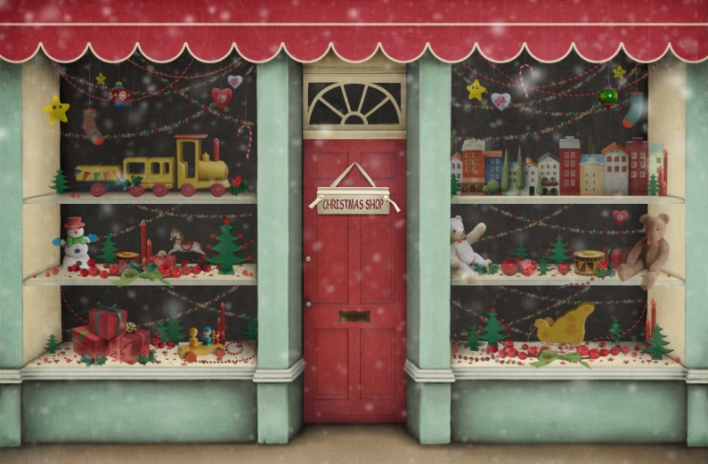If you’re a small retailer, you’ve got some big decisions to make for the holidays, beyond whether you’ll be going to your in-laws or cooking at home this year. You need to build a plan that will help your small business survive (and thrive) during the end-of-year rush.
After all, what you earn during the holidays will help sustain your operations during the first quarter of the new year, when business tends to slow. Even better, this year’s sales are expected to be up 4.1 percent compared to 2013, the National Retail Federation reports.
By making a plan, you can capitalize on higher seasonal demand to increase your revenue and bring more customers into your shop.
Product selection // Determine what products you want to promote during the holiday. Whether it’s your top-selling product, the most sought-after gift this holiday season or your staff’s personal favorites, you’ll want to make sure that you have the inventory on hand to satisfy customer demand.
Marketing // Once you determine what products you want to promote during this festive season, you will then want to promote it in every platform you utilize: email marketing, social media, ads in the local newspaper or store window displays.
Start this as early as possible. Nowadays, consumers are taking advantage of every possible deal by shopping 60 days out—or longer. In fact, last year, more people started their holiday shopping before Oct. 1 than after Dec. 1, the National Retail Federation found.
Many businesses think that Small Business Saturday kicks off the holiday season for smaller shops, and a few years ago, they would be right. Today, however, it’s OK to start promoting any special Small Business Saturday products about two weeks before. This allows shoppers to plan ahead for the day and know what they will want to purchase from your store.
If you’re a retailer with an online store, make sure you promote your promotions on your website. And allow customers to access these discounts via your online shop, too.
Remember, the holidays are a great opportunity to get a little creative with your promotions. Caron Beesley with the SBA recommends low-cost giveaways, such as offering free cider or cookies to shoppers, and dressing up your website with holiday photos or colors.
You might be able to team up with neighboring shops for special events or extended hours on certain nights.
Customer service // Make sure that the customer service each person receives when they come into your shop is the same no matter what time of year. This may require hiring additional staff to keep up with seasonal demand.
Any temporary staff must deliver the kind of experience you want your store to offer. You can’t skimp on training; seasonal hires need to be familiar with both your products and your store’s layout.
Post-holiday sales // There are plenty of customers who will be looking for deals after the holidays pass. This sale can be a single day or several days. You will want to promote this with the same type of marketing plan as the holiday season, just not in advance. (You don’t want to encourage any holiday shoppers to wait just a few more days so they can get a steeper discount.)
Surviving and thriving during the holiday season takes work, but with plenty of preparation and marketing strategies, it can be “the most wonderful time of the year” for your small business.


